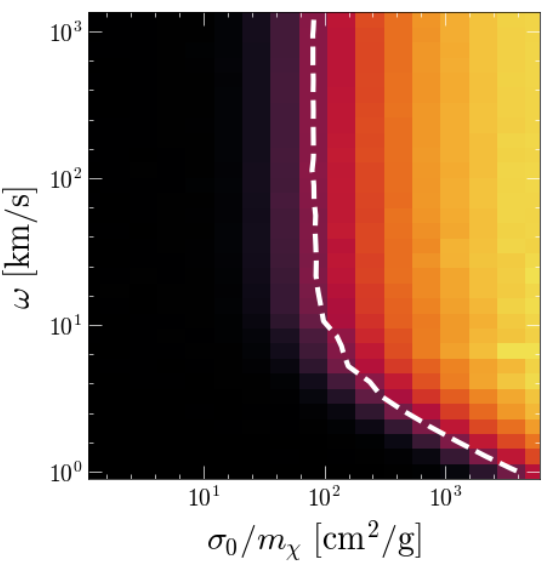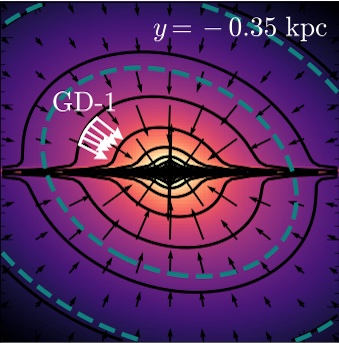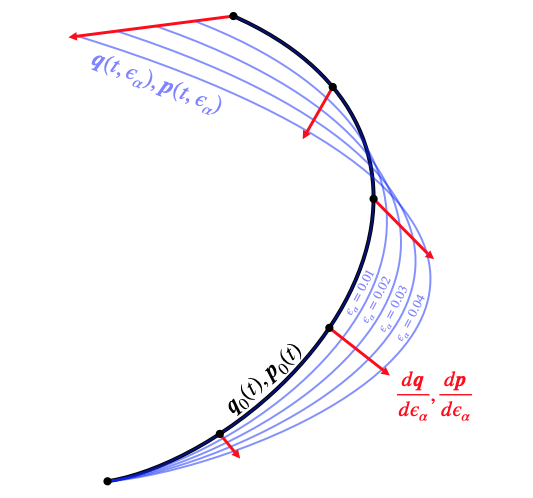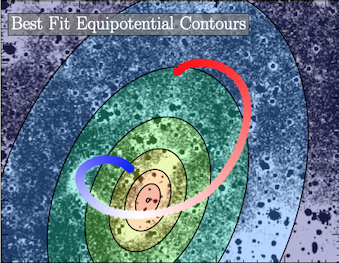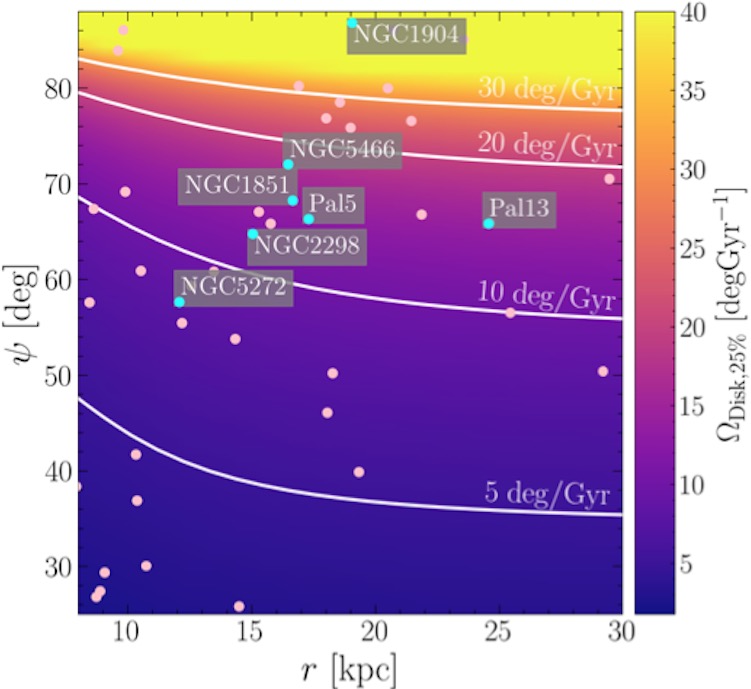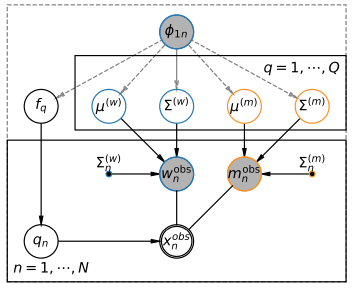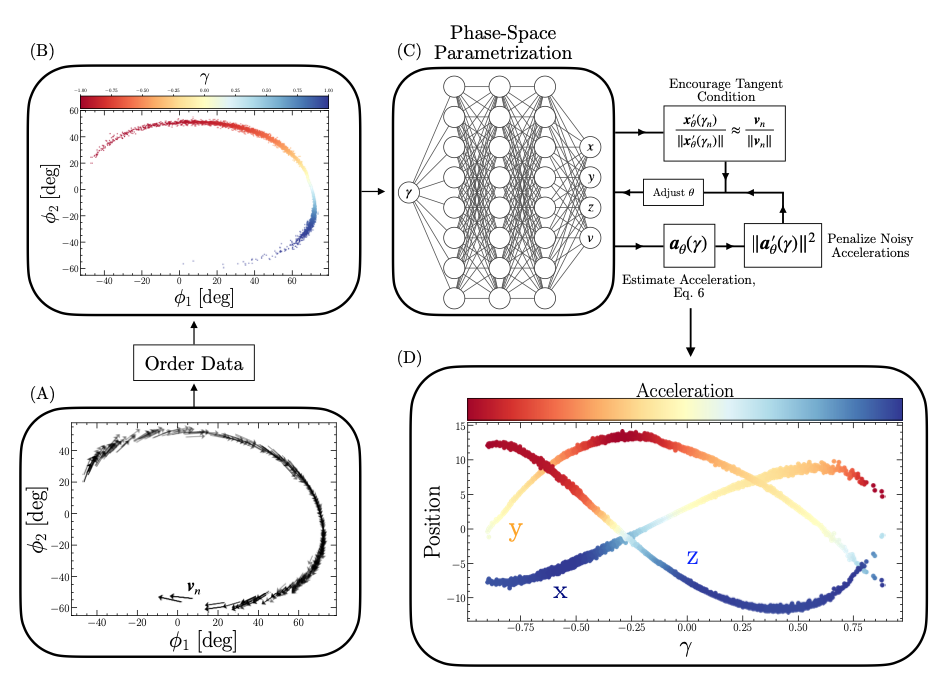Teaching, Outreach, and Service
Teaching Experience
Prison Teaching Initiative
I co-taught the undergraduate course PHYS130, Introduction to Astronomy, at South Woods State Prison in New Jersey through the
Prison Teaching Initiative (PTI). PTI offers high quality, college accredited courses to incarcerated students in New Jersey. At the same facility, I also worked as a tutor for MATH015 (introduction to algebra).
AST 203 / 205: The Universe / Planets in the Universe
Assistant Instructor. Undergraduate courses at Princeton. Led recitations, review sessions, office hours.
Multivariable Calculus for Engineers
Teaching Assistant. Undergraduate course at UPenn. Led three recitation sessions per week including weekly review sessions for five semesters. A collection of my recitation problems and handwritten lecture notes for Penn’s Math 114 are hosted at Professor Robert Ghrist’s site, here. Additional problems/solutions here.
Outreach
Public Observing Volunteer
Helped lead public observing nights at Princeton, open to the surrounding community.
Moelis Access Science
Worked as the Physics Curriculum Chair and Head TA to bring interactive physics labs to West Philadelphia schools. Crafted and taught hands on lesson plans for middle and high school students, and managed a team of volunteers carrying out weekly lessons in Philadelphia.
Chester County History Center
Public program discussing the scientific contributions and legacy of Dr. Charlotte Moore Sitterly to stellar astronomy, and the connections of Dr. Sitterly to Chester County.
Service
Referee
ApJ, A&A
Mental Health Working Group, Princeton University
Working group member: higlighted actions to be taken in improving the overall working environment for department members at Princeton.
